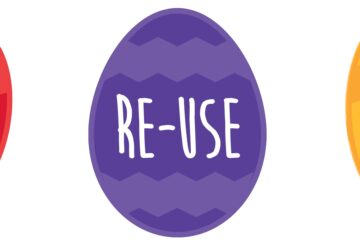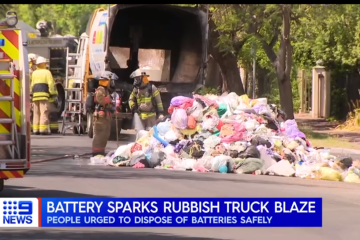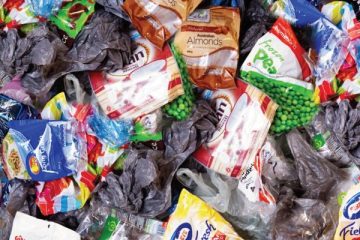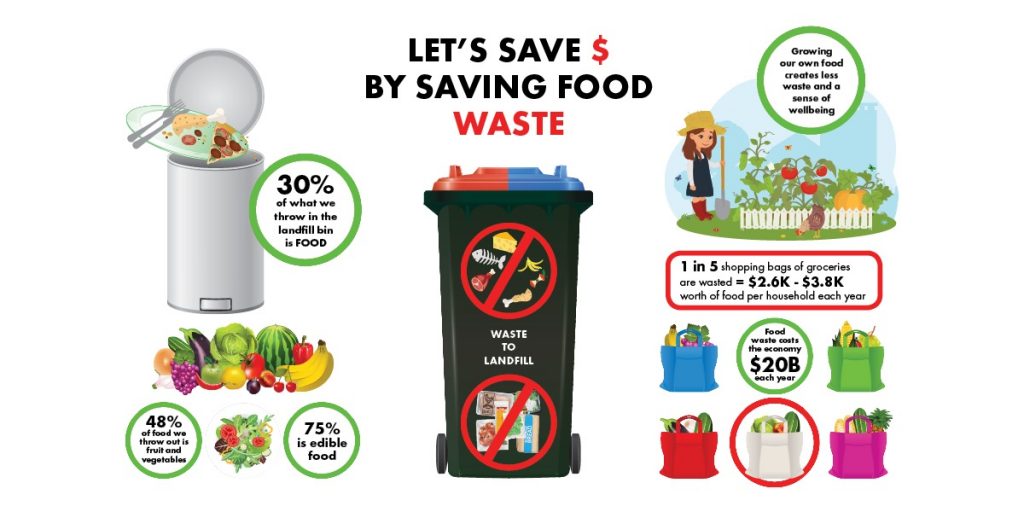
A positive outcome of the panic buying and self-isolation associated with responding to Corona Virus is that we may think twice about how much food we are wasting.
Our latest East Waste Councils bin audit showed:
- 30% of what we throw in the landfill bin is food
- 48% of food we throw out is fruit & vegetables
- 75% is edible food

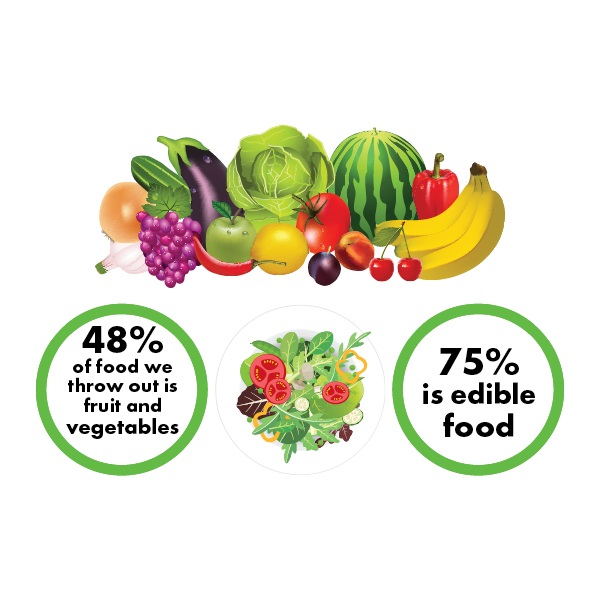
This may be the wake-up call we really need for us to become a lot less wasteful and more self-sufficient not only in our own homes but also within our communities and on a global scale.
Further to this, across Australia we throw out one in five shopping bags of groceries = $2,600-$3,800 worth per household each year.
The Government estimates food waste costs the Australian economy $20 billion each year.1
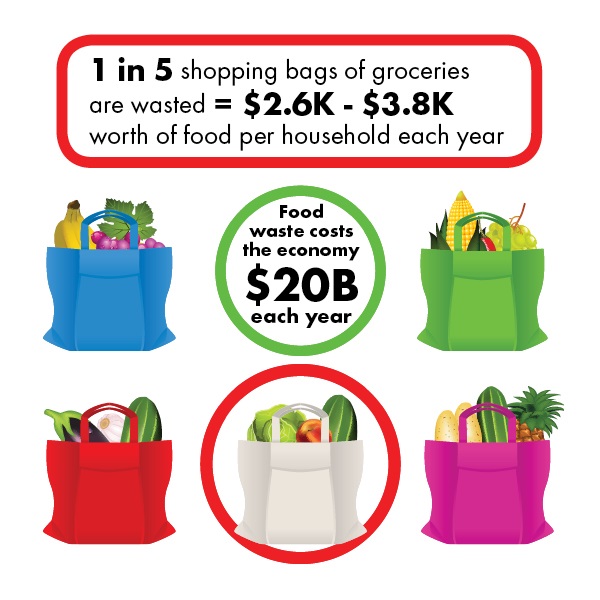
When you’re looking in your fridge right now, you’re assessing everything and not wanting to waste anything. This might be due to having a genuine concern that we are going to run out, or that you want to stay safe at home and not face the madness at the shops right now.
Either way, it is a good thing as this may be the first time that many of us have experienced #FOMO with food. Our grandparents and great grandparents are much more likely to have had to ration food, maybe even toilet paper. So perhaps we need to do what they did:
Make the most of what we have, cook and grow our own food.
Make do and use what you already have:
Another great thing to do while self-isolating is to challenge yourself to eat up what you already have in your fridge, freezer of pantry.
Check out the Foodwise website with great recipes using the ingredients or left-overs you already have.
Check out Jamie Oliver’s ‘Keep Cooking and Carry On‘ and Maggie Beer’s #CookingwithMaggie sharing easy and delicious recipes to cook with what you have.
Growing our own food will not only make us more self-sufficient, it will also give us a sense wellness by taking back control, and creating calm. As stated by Formosa Gardens owner Katie Wright “Gardening really takes you out of your head if you are anxious about the future, and is a great release from impending unknown outcomes of the coronavirus spread and other present confronting world issues.”
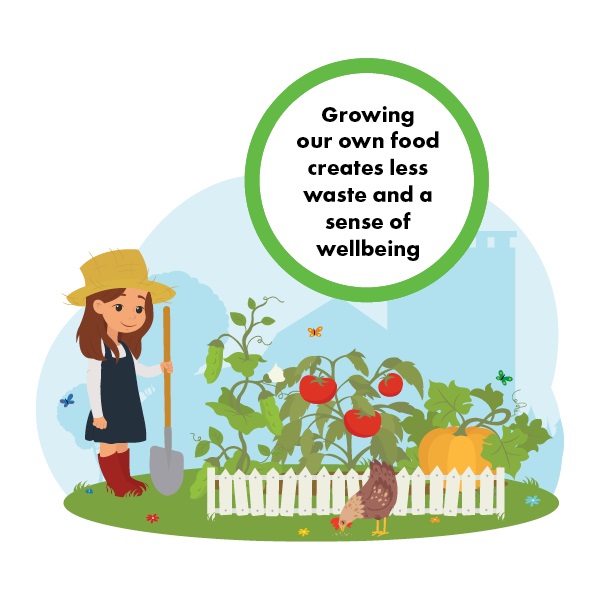
“It grounds you, will calm you to know you have food in your yard, given supplies have been compromised at the supermarket lately, and putting your hands in soil actually triggers the release of serotonin in your brain to ward off depression.”
It seems some of us have already cottoned on to this idea as many gardening and hardware stores are selling out of seedlings and seeds. “We’re ridiculously busy … veggie seedlings and seeds have been one of the big, big increases,” said Barossa nursery owner Erica Bartsch.
With home schooling, this is the ideal time to be teaching children where food actually comes from – that it all starts in farms and garden beds and not on the shelf.
The unprecedented demand has also driven the price of some fresh produce up. We have seen the tripling in prices, and with items like lettuces up around the $10 mark. Cauliflowers have been spotted selling for as much as $7.99 at some stores. 2
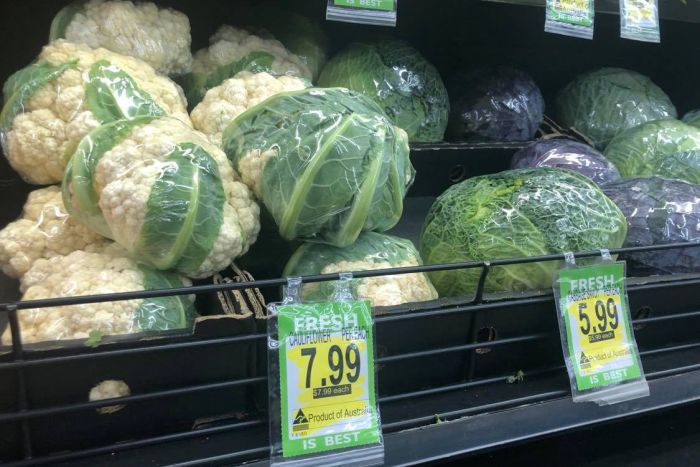
This is another good story when it comes to being less wasteful. Cauliflowers are one of the most wasted vegetable crops in Australia. The non-saleable part of the cauliflower that is wasted equates to 65%. Following this, approximately only 71% of the saleable crop may be marketed as premium, with the rest being wasted. This equates to $19.6M of wasted produce per year! 3
So perhaps when the humble cauliflower is marked at a higher price we will value it more, not waste it…or try growing them ourselves.
Growing our own vegetable inevitably leads to us valuing our food more. We are far less likely to bin the cauliflower and other vegetables that we planted and nurtured ourselves. It also comes with less plastic waste from packaging and zero wasted food miles as it was grown in our very own back yard!
Backyard chickens are also in high demand as people turn to backyard chooks for supplying eggs.
By growing our own food, we foster a sense of appreciation as to how much effort goes into growing food. It simply doesn’t just grow on the shelf at the shops.
So grow more, appreciate and eat what we have and waste less!
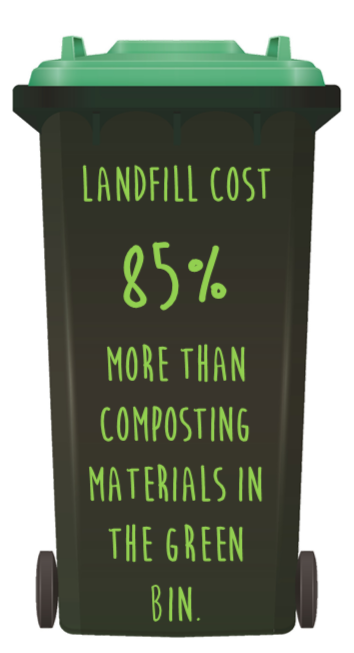
Place it in the green bin!
If there is any uneaten or inedible food remember to compost it at home or put it in your green bin for composting. East Waste Councils could save $2.7M per year if all food and compostable materials were placed in the green bin rather than in the landfill bin.
References
1: Food Waste Facts – Oz Harvest
2: Coronavirus panic buying triggers supermarket price hikes as retailers plead for calm, ABC Riverland: Samantha Dawes
3: Factsheet – Vegetable Wastes, Horticulture Australia and Applied Horticulture Research
